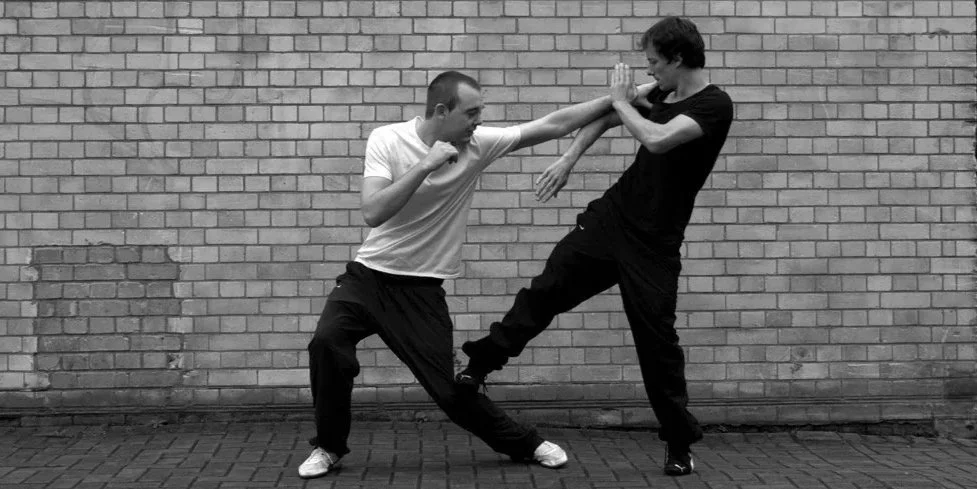
A practical system of self-defense, built on efficiency, relaxation, and responsiveness.
Wing Chun Kung Fu. Martial Arts of Simplicity & Precision.
What is Wing Chun?
Wing Chun (also written Wing Tsun) is a Chinese martial art created by a Shaolin nun around 300 years ago. Unlike other fighting styles, it emphasizes skill, balance, and precision rather than brute force. Simple, efficient, and effective, Wing Chun is known as one of the most practical systems of self-defense.
Principles of Wing Chun
Wing Chun is built on a few core principles that make it unique among martial arts. These guide every technique - simple, efficient, and effective.
Efficiency — Minimal effort, maximum impact
Relaxation — Stay soft and fluid under pressure
Precision — Accuracy and structure over brute force
Responsiveness — Instantly adapt to changes in your opponent
Wing Chun at Water Neigong
At Water Neigong, Wing Chun Kung Fu is taught as the external counterpart to the Daoist Internal Arts. Although not part of the Water Tradition itself - its roots lie in Shaolin (Chan Buddhism) - Wing Chun can complement the internal practices by building structure, coordination, and responsiveness.
While Wing Chun is more aligned with fire, relaxation remains a key and necessary principle at the core of this martial system.
Lineage
Javier teaches Wing Chun from the Ip Man lineage, as passed down by Grandmaster Leung Ting.
Javier’s Sifu, Jose Manuel Cortes, still teaches privately to a small group of students.

